Lead generation is the process of attracting and converting strangers and prospects into someone who has indicated interest in your company’s product or service. Some examples of lead generators are job applications, blog posts, coupons, live events, and online content.
These lead generators are just a few examples of lead generation strategies you can use to attract potential customers and guide them towards your offers.
Whenever someone outside the automotive Industry asks me – I tell them that my coaching appility allows dealership sales managers and sales team members, to respond to content where someone wants more Information about one of our vehicles or service or parts (Lead Generation)” . It is like you seeing a special on a summer beach house and you respond because you want to hear more.
To continue, I say, “I work on finding unique ways to attract people to our dealerships. I want to provide them with enough goodies to get them naturally interested in our company so they eventually warm up to the brand enough to want to hear from us!”
That usually resonates better, and that’s exactly what lead generation is: It’s a way of warming up potential customers to your business and getting them on the path to eventually making a purchase.

Why do you need lead generation?
When a stranger initiates a relationship with you by showing an organic interest in your business, the transition from stranger to customer is much more natural.
Lead generation falls within the second stage of the inbound marketing methodology. It occurs after you’ve attracted an audience and are ready to convert those visitors into leads for your sales team (namely sales-qualified leads).
As you can see in the diagram below, generating leads is a fundamental point in an individual’s journey to becoming a delighted customer.
[embedyt] https://www.youtube.com/watch?v=9Cb6PtXNpLw[/embedyt]
Lead Generation Process
Now that we understand how lead generation fits into the inbound marketing methodology, let’s walk through the steps of the lead generation process.
First, a visitor discovers your business through one of your marketing channels, such as your website, blog, or social media page.
That visitor then clicks on your call-to-action (CTA) — an image, button, or message that encourages website visitors to take some sort of action.
That CTA takes your visitor to a landing page, which is a web page that is designed to capture lead information in exchange for an offer.
Note: An offer is the content or something of value that’s being “offered” on the landing page, like an ebook, a course, or a template. The offer must have enough perceived value to a visitor for them to provide their personal information in exchange for access to it.)
Once on the landing page, your visitor fills out a form in exchange for the offer. (Forms are typically hosted on landing pages, although they can technically be embedded anywhere on your site.) Voila! You have a new lead. That is, as long as you’re following lead-capture form best practices.

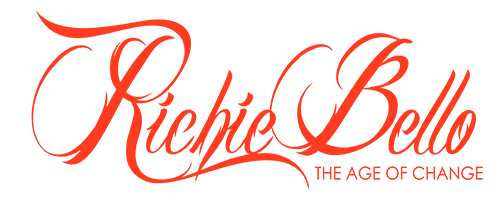
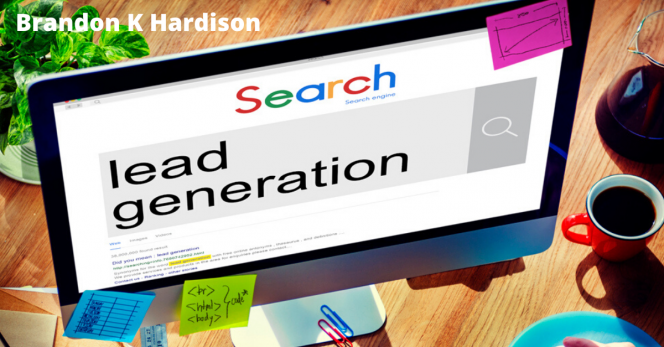
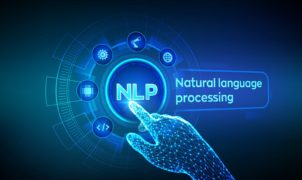

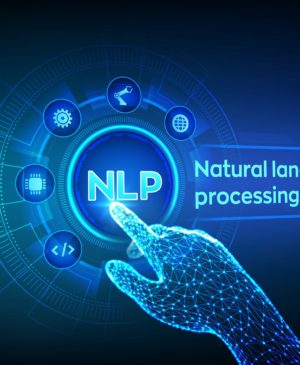



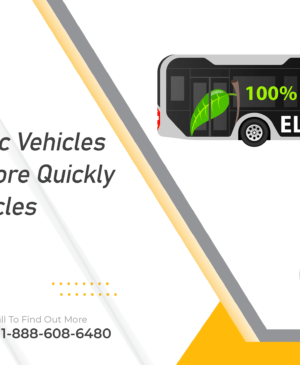

Leave a Reply